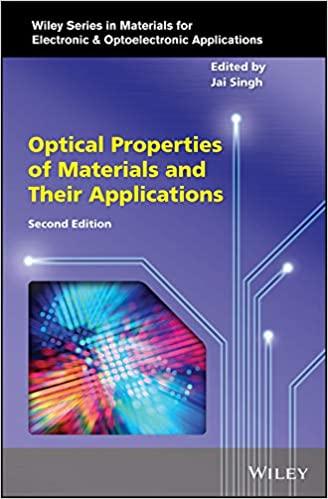Answered step by step
Verified Expert Solution
Question
1 Approved Answer
Can I get the answers for these physic: Theory of Electricity and Magnetism II problems? Textbook: http://www-pnp.physics.ox.ac.uk/~gwenlan/teaching/EM/introduction-to-electrodynamics-d-j-griffiths-4ed.pdf Figure 7.28 A square loop, side a, resistance
Can I get the answers for these physic: Theory of Electricity and Magnetism II problems?
Textbook: http://www-pnp.physics.ox.ac.uk/~gwenlan/teaching/EM/introduction-to-electrodynamics-d-j-griffiths-4ed.pdf



Step by Step Solution
There are 3 Steps involved in it
Step: 1

Get Instant Access to Expert-Tailored Solutions
See step-by-step solutions with expert insights and AI powered tools for academic success
Step: 2

Step: 3

Ace Your Homework with AI
Get the answers you need in no time with our AI-driven, step-by-step assistance
Get Started


